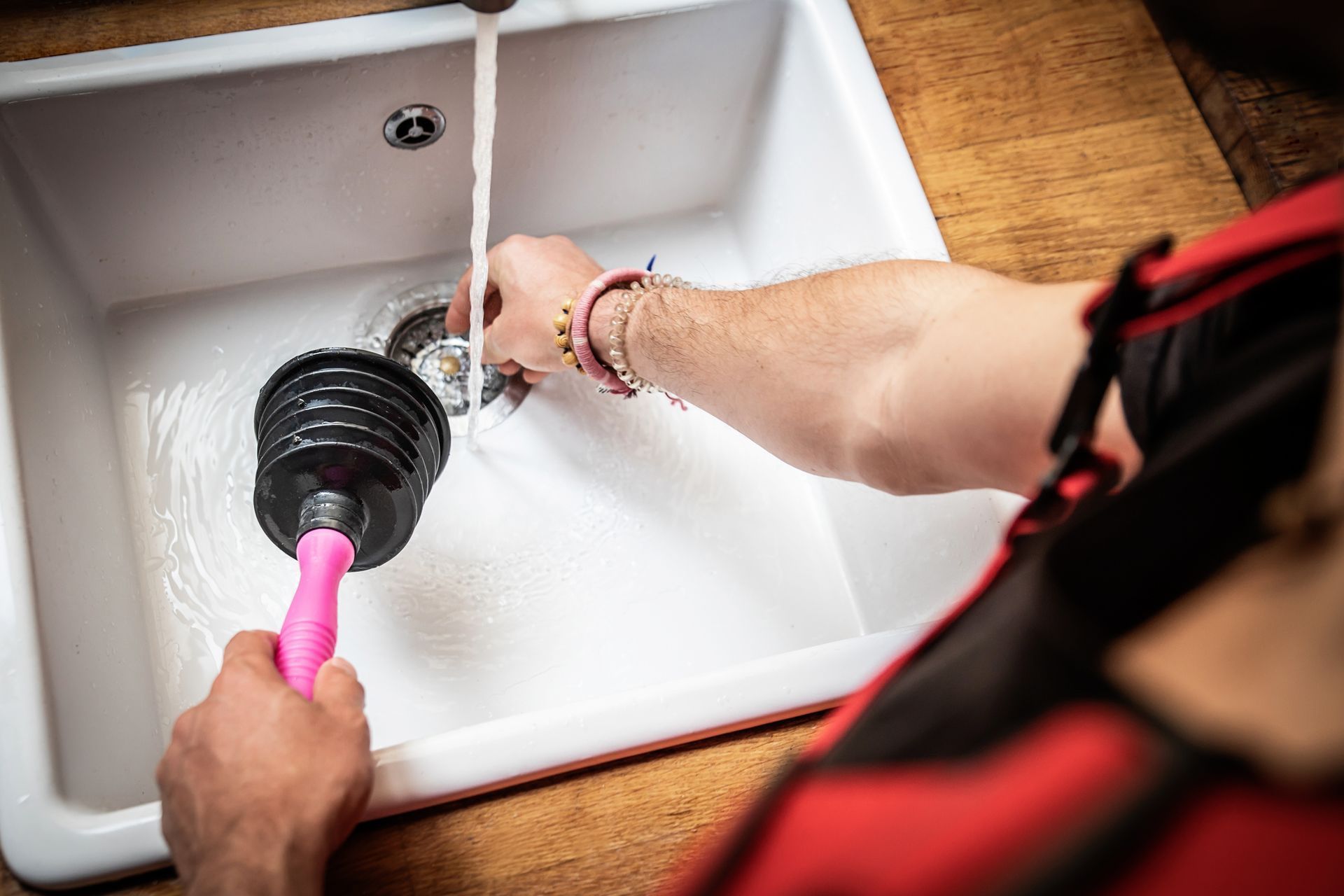Replacing Your Outdated Toilet? 4 Modern Toilet Options

If you plan to replace your outdated toilet soon and have not purchased a new toilet in many years, you may be surprised to learn about all of the new toilet styles on the market today. While some new toilet styles were developed with water conservation and germ reduction in mind, others were created with both appearance and function in mind.
Read on to learn about four traditional tank-style toilet alternatives and the unique benefits of each of these modern toilet options.
1. One-Piece Toilet
While a traditional two-piece toilet is made of a separate tank and bowl that are connected together with bolts, a one-piece toilet has a tank and bowl that are permanently fused together. While many homeowners enjoy the sleek appearance of one-piece toilets compared to their traditional, two-piece counterparts, onepiece toilets do have additional benefits aside from their contemporary appearance alone.
One-piece toilets are typically easier to clean and sanitize, since they have fewer nooks and crannies that germs and debris can become embedded in. In addition, these toilets are also less prone to leaks, since some two-piece toilets begin to leak in the area where the tank meets the bowl as the rubber gasket between them degrades.
2. Tankless Toilet
Another modern toilet option is a toilet that lacks a tank altogether, called a tankless toilet. While most residential tank-style toilets are gravity-feed toilets that flush when water in the toilet tank is released after you press the flush handle, tankless toilets have no water storage units attached to them. These toilets instead pull water directly from your household plumbing system when it is time to flush.
Aside from having a modern appearance that many homeowners love and also being very easy to clean, these toilets can be mounted on the wall, which allows the height of the seat to be customized on-the-spot during installation. If you have a large family, you may also appreciate that there is no required wait time between flushes to allow the toilet tank to refill as there is with tank-style toilets.
These toilets also work especially well in small bathrooms, since they occupy less bathroom space than their tank-style counterparts.
3. Dual-Flush Toilet
If you would like a toilet designed with maximum water-efficiency in mind, a dual-flush toilet is a great option. This toilet style is already very popular in drought-prone countries, including Australia, while it is still gaining popularity in the United States.
Traditional toilets use the same amount of water to flush both liquid and solid waste, even though less water is necessary to flush liquid waste without increasing the chance of clogging the toilet. Dual flush toilets typically use less than a gallon of water to flush liquid waste and around one and a half gallons of water to flush solid waste.
By using less water to flush liquid waste, you can conserve water to help the environment and potentially shave money off your water bill.
4. Touchless Toilet
Everyone wants to prevent the spread of germs around the home to keep their families in good health. One way you can accomplish this goal is with a touchless toilet. While touchless toilets come in many styles and designs, all can be flushed without the use of your hands.
Some touchless toilets are equipped with motion detector sensors that trigger the toilet to flush when a person steps off the toilet; others are flushed by waving your hand in front of an area of the toilet equipped with a sensor. Both types of touchless toilets can work very well, and the right one for your home depends highly on personal preference.
If you plan to replace your outdated toilet soon, then keep these four modern toilets and their unique benefits in mind as you choose your new toilet. Contact the plumbing experts at O'Fallon Sewer Service for all of your plumbing needs , including toilet replacement, today.








